Unveiling the Performance Benefits of Pink Himalayan Sea Salt
Pink Himalayan sea salt is a type of salt that is mined in the Himalayan Mountains in Pakistan. It is known for its unique pink color and is believed to have a number of health benefits due to its high mineral content. As an athlete I found my body was responding very well to Pink Himalayan sea salt compared to table salt within my diet and during workouts on my long hard training days.
After extensive research of this ingredient it was found that the mineral content contains trace minerals like calcium, magnesium, potassium, and iron. These minerals are essential for various bodily functions, including muscle contractions, nerve signaling, and hydration. I believe that the presence of these minerals in pink Himalayan sea salt can provide additional nutritional benefits compared to the relatively pure sodium chloride found in table salt. Hence why we decided to add this key ingredient into our Endurance Fuel drink.
What is Pink Himalayan sea salt?
Pink Himalayan sea salt, distinguished by its pink hue, is sourced from the Khewra Salt Mine nestled near the Himalayas in Pakistan. Renowned as one of the world's oldest and largest salt mines, the Khewra Salt Mine boasts a rich history. This exceptional salt, originating from evaporated ancient water bodies millions of years ago, undergoes a manual extraction process and minimal processing. As a result, it remains unrefined, devoid of additives, and touted as a more natural alternative to ordinary table salt.
While sodium chloride constitutes the majority of pink Himalayan sea salt, its unique extraction method allows it to retain a wealth of additional minerals and trace elements absent in regular table salt.
Experts suggest that this remarkable salt may encompass approximately 84 diverse minerals and trace elements, including the notable presence of iron, responsible for its characteristic pinkish hue.
What are the benefits of Pink Himalayan sea salt?
- Increased electrolyte balance: Pink Himalayan sea salt is rich in electrolytes, including sodium, potassium, and magnesium, which are essential for maintaining proper hydration and electrolyte balance in the body. These electrolytes play a vital role in muscle function, heart health, and overall performance. By replacing lost electrolytes, Pink Himalayan sea salt can help support proper hydration and electrolyte balance, which can improve athletic performance and reduce the risk of dehydration and electrolyte imbalances during exercise.
- Improved digestion: Pink Himalayan sea salt may also help improve digestion by supporting the production of hydrochloric acid in the stomach. Hydrochloric acid is necessary for breaking down food and absorbing nutrients, and a deficiency of this acid can lead to digestive issues. Pink Himalayan sea salt may also help stimulate the production of bile, which is necessary for breaking down fats in the small intestine.
- Enhanced immune function: Pink Himalayan sea salt is rich in trace minerals, such as iron, zinc, and iodine, which are important for supporting immune function. These minerals can help reduce oxidative stress and support the production of immune cells, which can help boost the body's natural defense system.
- Improved sleep: Pink Himalayan sea salt may also help improve sleep by regulating the body's production of melatonin, a hormone that helps regulate sleep-wake cycles. Sodium, in particular, is important for maintaining proper hydration and electrolyte balance, which can support healthy sleep patterns. Additionally, the trace minerals found in Pink Himalayan sea salt may have a calming effect on the body, which can help improve sleep quality.
- Reduced stress: Pink Himalayan sea salt may also have a stress-reducing effect due to its high mineral content. Magnesium, in particular, is important for maintaining proper nerve and muscle function and can help reduce stress and anxiety. The trace minerals found in Pink Himalayan sea salt may also have a calming effect on the body, which can help reduce stress and improve overall well-being.
- Improved skin health: Pink Himalayan sea salt may also have benefits for skin health due to its high mineral content. The minerals in Pink Himalayan sea salt can help regulate pH levels and improve hydration, which can help improve skin texture and appearance. Pink Himalayan sea salt may also have antibacterial properties, which can help reduce the risk of infections and improve skin health.
Below is a comparison of minerals found in a gram of the two salts:
|
|
Pink Himalayan Salt |
Table Salt |
|
Calcium (mg) |
1.6 |
0.4 |
|
Potassium (mg) |
2.8 |
0.9 |
|
Magnesium (mg) |
1.06 |
0.0139 |
|
Iron (mg) |
0.0369 |
0.0101 |
|
Sodium (mg) |
368 |
381 |
When to use Pink Himalayan sea salt?
For sports definitely during intense workouts, proper hydration is critical for optimal performance. Pink Himalayan sea salt helps to replenish electrolytes, including sodium and potassium, which are lost through sweat. As discussed before, These electrolytes are crucial for maintaining fluid balance, nerve function, and muscle contractions. By incorporating Stratos Performance Nutrition Endurance Fuel that includes pink Himalayan sea salt, you can stay properly hydrated, enhancing endurance and preventing dehydration-related performance declines.
Stratos Performance Nutrition Endurance Fuel is a specially formulated sports supplement crafted to provide athletes with the necessary nutrients and hydration support during challenging workouts. It is designed to optimize your performance, improve your endurance, and aid in recovery, enabling you to achieve peak results.
Conclusion
Pink Himalayan sea salt is a nutritious and flavorful alternative to regular table salt, and it may provide a number of health benefits due to its high mineral content. It is important to note, however, that like all forms of salt, Pink Himalayan sea salt should be consumed in moderation as part of a balanced diet.
More than just a passing trend, this natural powerhouse can elevate your athletic pursuits, drive you toward fitness milestones, and foster a healthier lifestyle. Embrace the advantages of this exceptional salt alternative and witness its positive influence on your sports performance and overall well-being.
Bibliography
- Himalayan Pink Salt Sustainability. (n.d.). Retrieved December 11, 2018, from https://www.seasalt.com/
himalayan-pink-salt- sustainability - Drake, S., & Drake, M. (2010). Comparison Of Salty Taste And Time Intensity Of Sea And Land Salts From Around The World. Journal of Sensory Studies,26(1), 25-34. doi:10.1111/j.1745-459x.2010.
00317.x - Ebashi, S. (1983). Regulation of Muscle Contraction. Cell and Muscle Motility,79-87. doi:10.1007/978-1-4615-9296-9_
4 - Bilbey, DL., Prabhakaren, VM. (1996). Muscle Cramps and Magnesium Deficiency: case reports. Canadian Family Physician. 1348-51.
- Camaschella, C. (2015). Iron-Deficiency Anemia. New England Journal of Medicine. 372(19):1832-43. doi: 10.1056/NEJMra1401038.
- Maughan, R. J. (n.d.). Water and Electrolyte Loss and Replacement in Exercise. Nutrition in Sport,226-240. doi:10.1002/9780470693766.ch17
- Harrison, D. M. (2013). Fluids and electrolytes. Oxford Medicine Online. doi:10.1093/med/9780199583836.
003.0044 - Article by Healthline: "Pink Himalayan Salt: Does It Have Any Health Benefits?" - Link
- Himalayan Pink Salt Sustainability. (n.d.). Retrieved December 11, 2018, from https://www.seasalt.com/
himalayan-pink-salt- sustainability - Drake, S., & Drake, M. (2010). Comparison Of Salty Taste And Time Intensity Of Sea And Land Salts From Around The World. Journal of Sensory Studies,26(1), 25-34. doi:10.1111/j.1745-459x.2010.
00317.x - Ebashi, S. (1983). Regulation of Muscle Contraction. Cell and Muscle Motility,79-87. doi:10.1007/978-1-4615-9296-9_
4 - Bilbey, DL., Prabhakaren, VM. (1996). Muscle Cramps and Magnesium Deficiency: case reports. Canadian Family Physician. 1348-51.
- Camaschella, C. (2015). Iron-Deficiency Anemia. New England Journal of Medicine. 372(19):1832-43. doi: 10.1056/NEJMra1401038.
- Maughan, R. J. (n.d.). Water and Electrolyte Loss and Replacement in Exercise. Nutrition in Sport,226-240. doi:10.1002/9780470693766.ch17
- Harrison, D. M. (2013). Fluids and electrolytes. Oxford Medicine Online. doi:10.1093/med/9780199583836.
003.0044
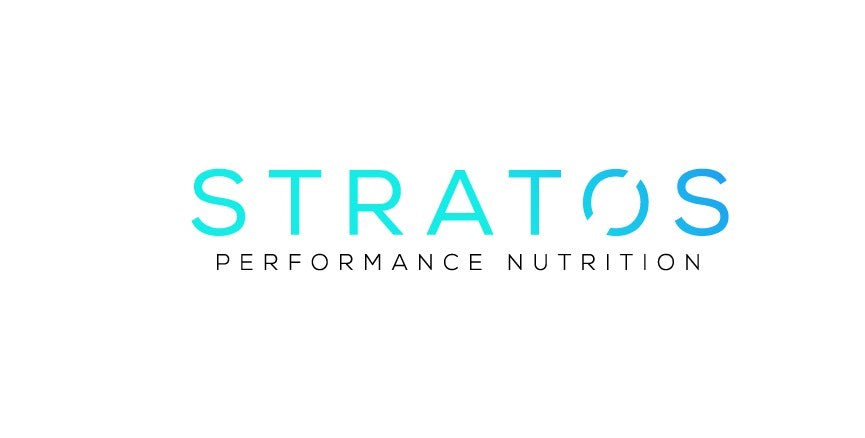
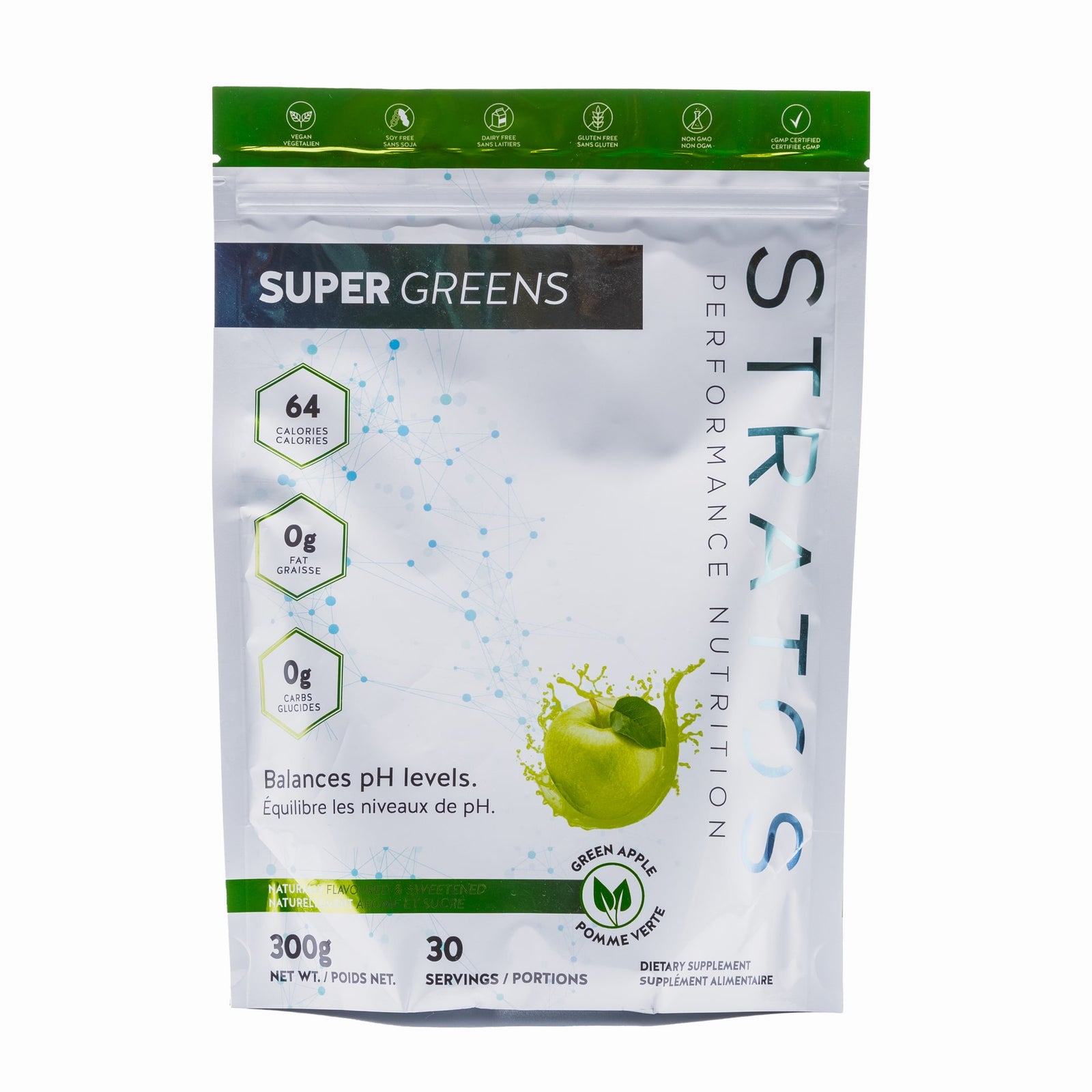
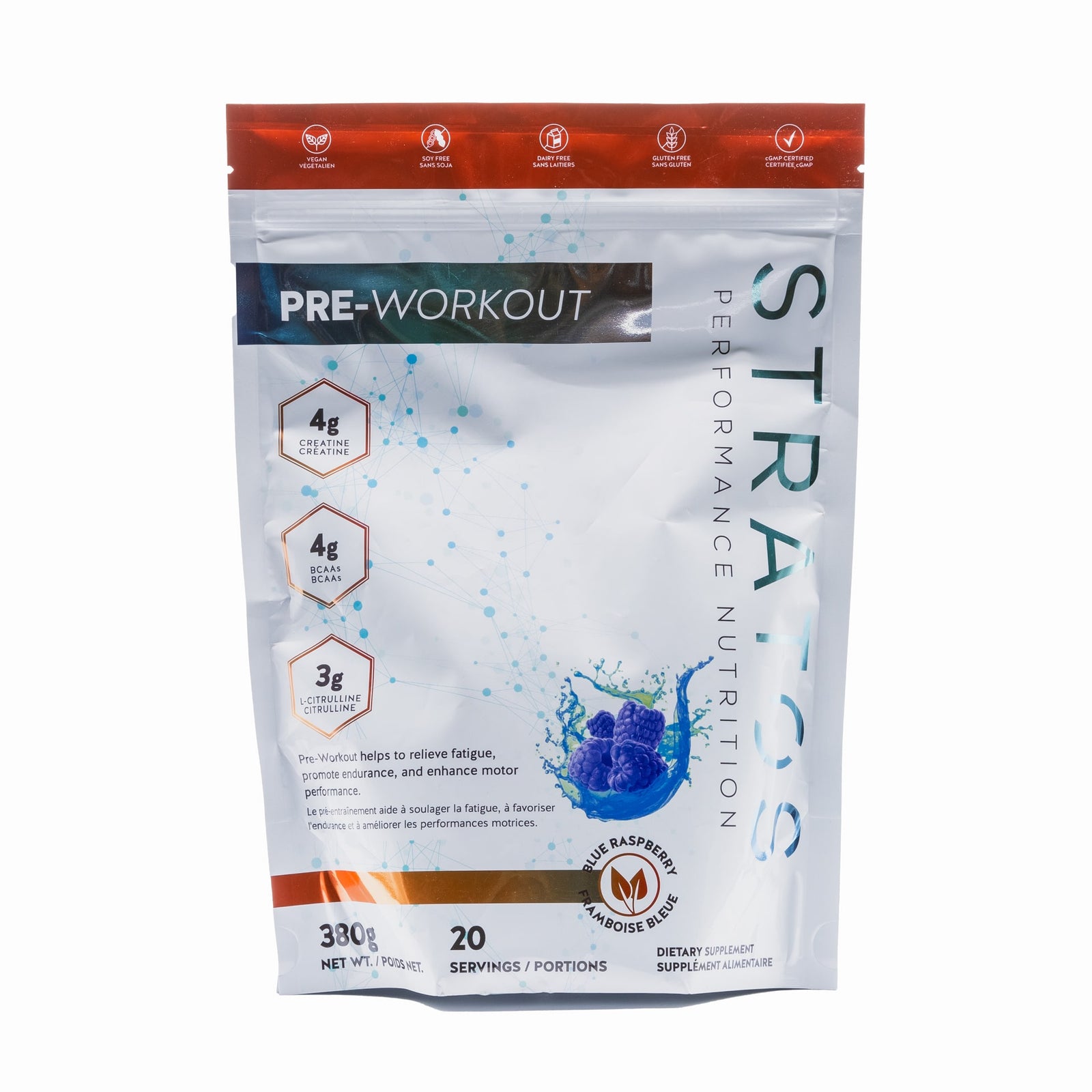
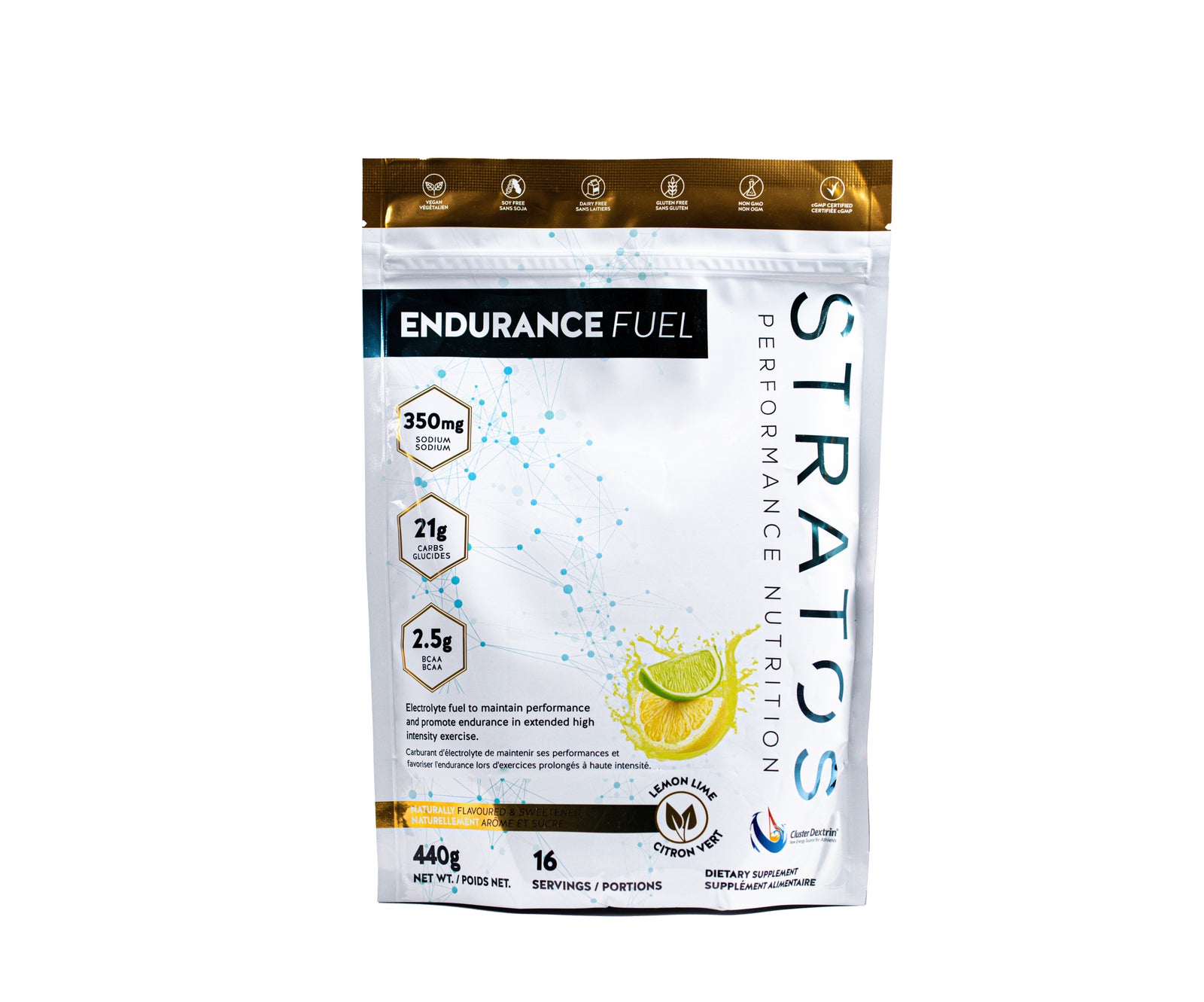
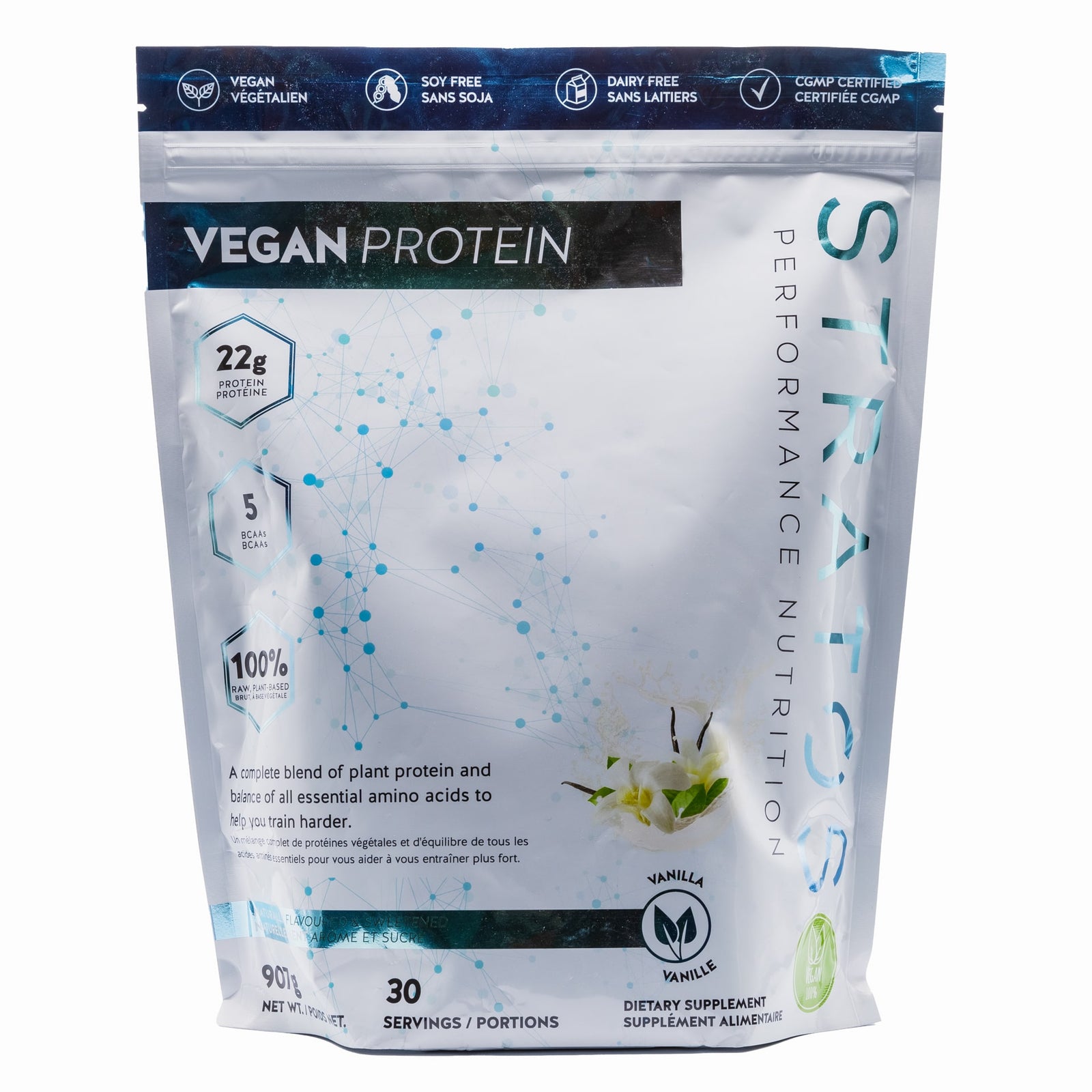
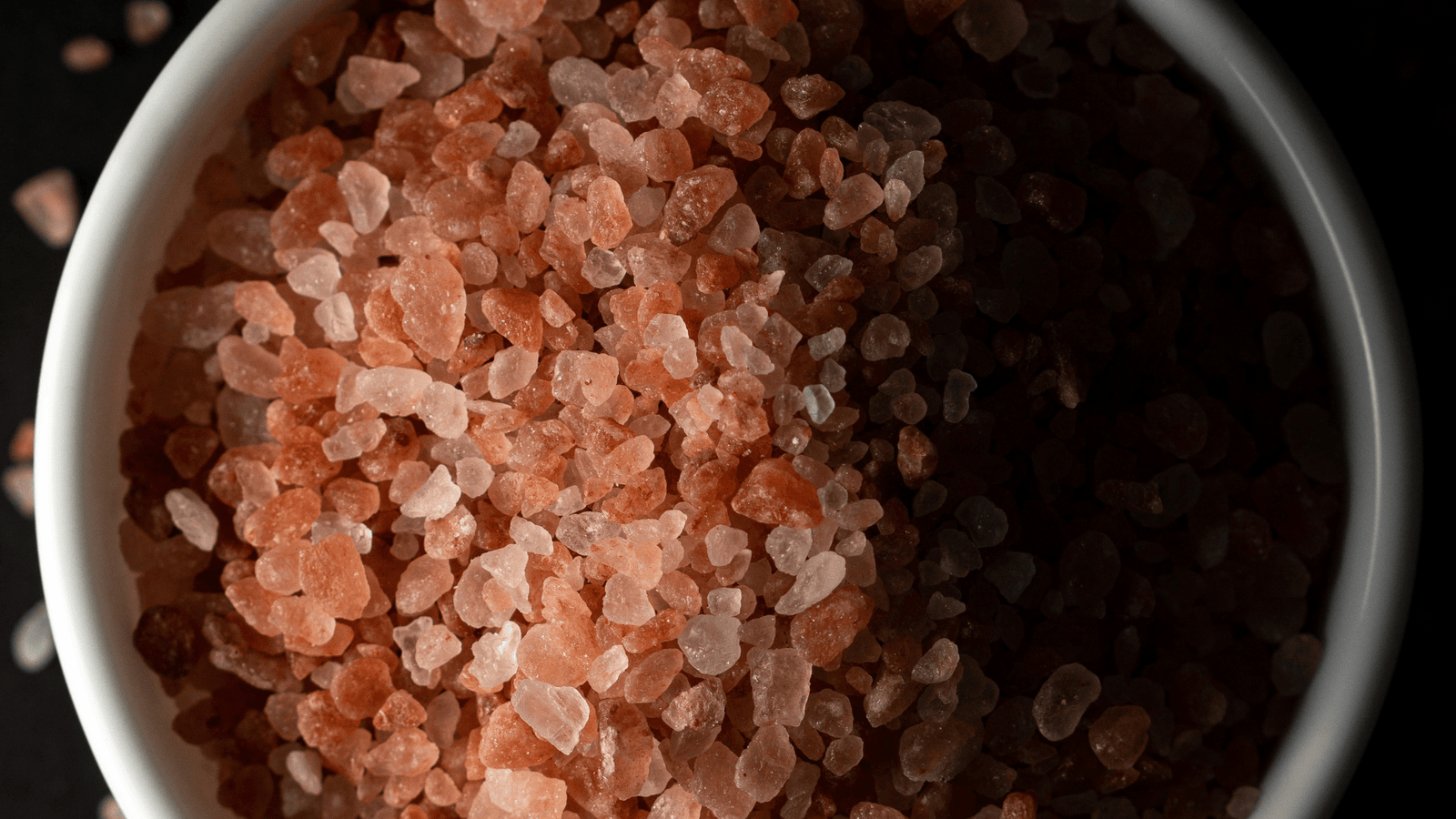


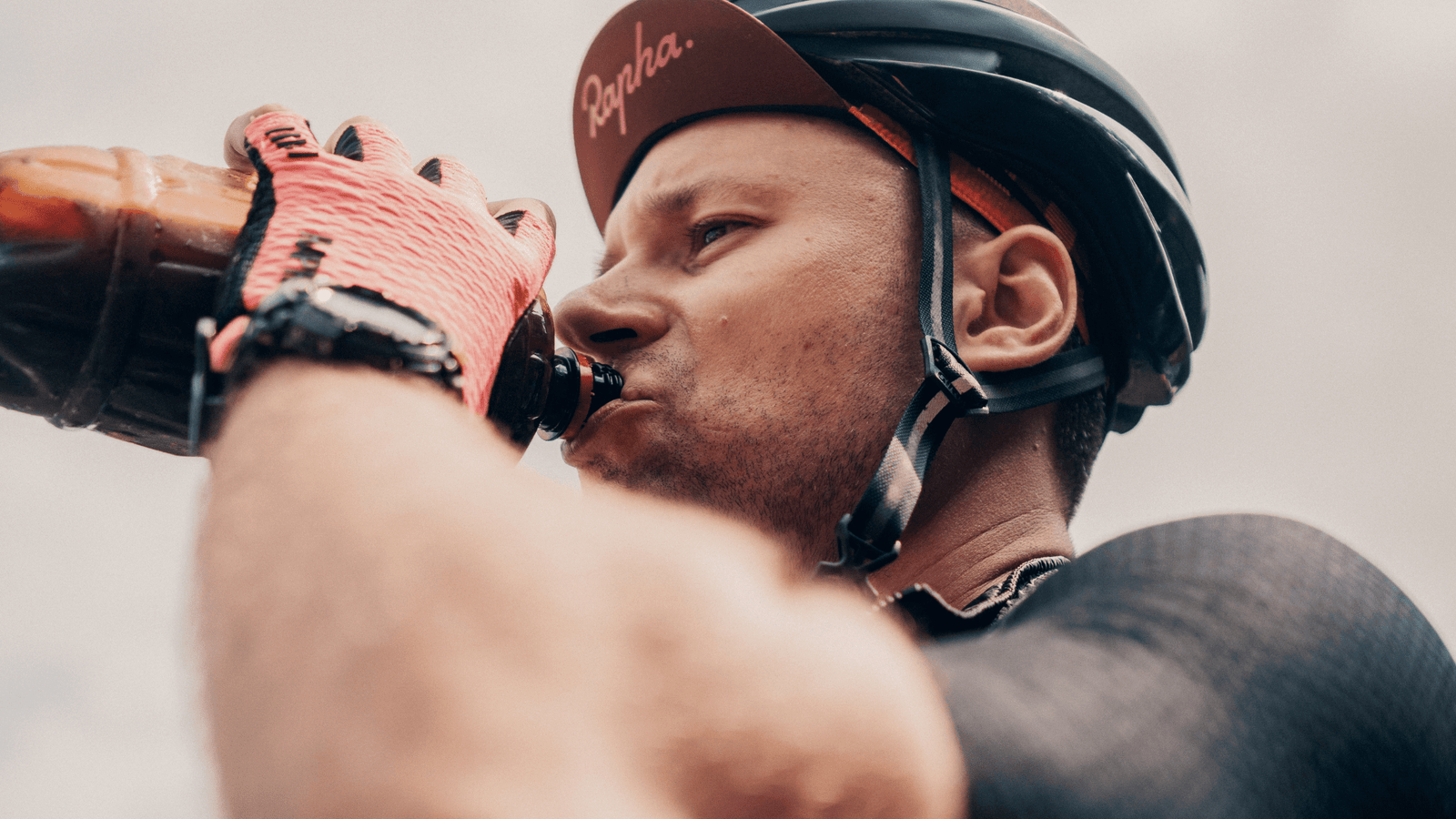
Leave a comment (all fields required)